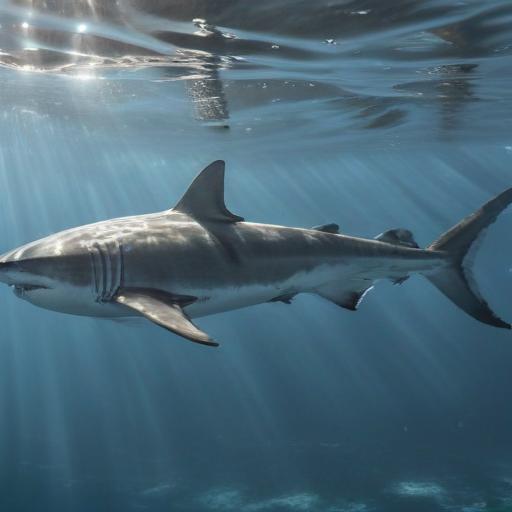A remarkable 14-foot, 1,653-pound great white shark, known as Contender, has made headlines for being spotted just off the coast of North Carolina, where families enjoy various water activities. First tagged by OCEARCH in January near the Florida-Georgia border, Contender had disappeared from tracking radar for nearly a month. This is typical for tagged sharks whose signals only transmit when their dorsal fin surfaces. However, he re-emerged this week near Pamlico Sound, a popular summer destination.
Dr. Harley Newton, the chief scientist and veterinarian at OCEARCH, explained that this time of year marks the beginning of the sharks’ migration from southern waters to their northern foraging grounds in the northeastern U.S. and Atlantic Canada. Contender’s brief stop near the Outer Banks indicates he may be feeding aggressively, likely building energy reserves for his upcoming 1,000-mile journey.
At around 30 years old, Contender is a fully mature male, and his tagging is part of OCEARCH’s larger expedition focused on tracking these majestic marine creatures in real-time. Equipped with a satellite tag, researchers can monitor his movements every time he surfaces, providing invaluable insights into his migration and behavior patterns.
The research conducted on great white sharks like Contender is essential for understanding their role in marine ecosystems and addressing the various threats they face, including climate change and overfishing. While Contender may not pose a threat to beachgoers, his presence serves as a reminder of the incredible wildlife inhabiting our oceans.
This story also highlights ongoing efforts to conserve marine life and the critical importance of acknowledging the delicate balance of ocean habitats. Engaging with such research can inspire a greater appreciation for these creatures and promote conservation initiatives that ultimately benefit both wildlife and coastal communities.
